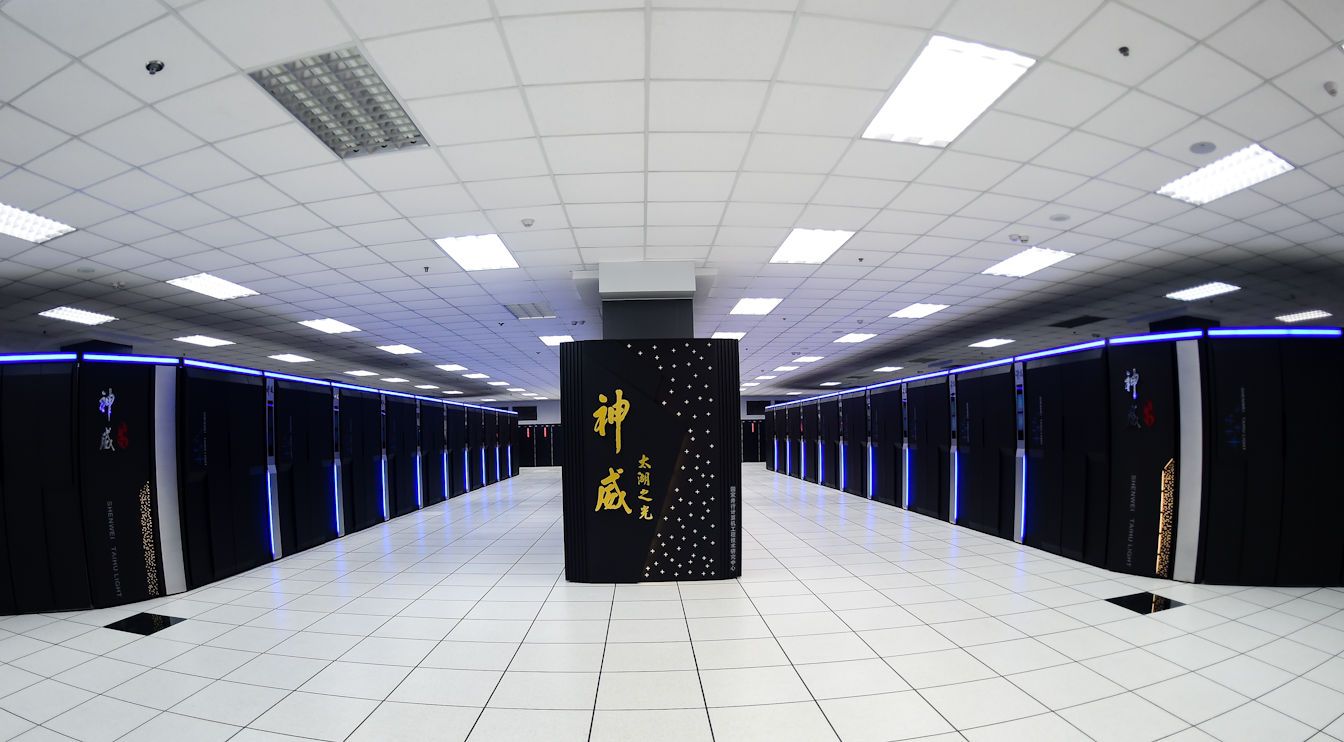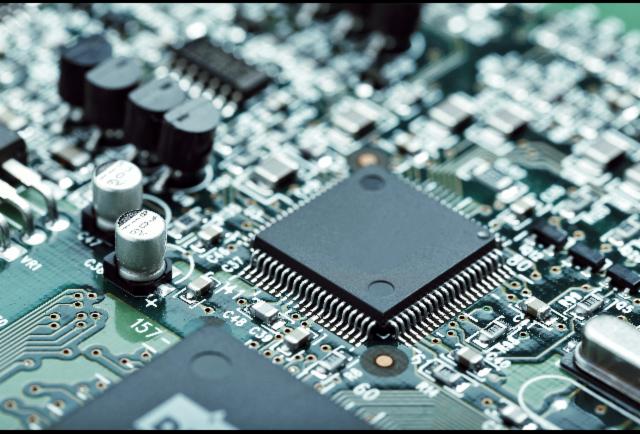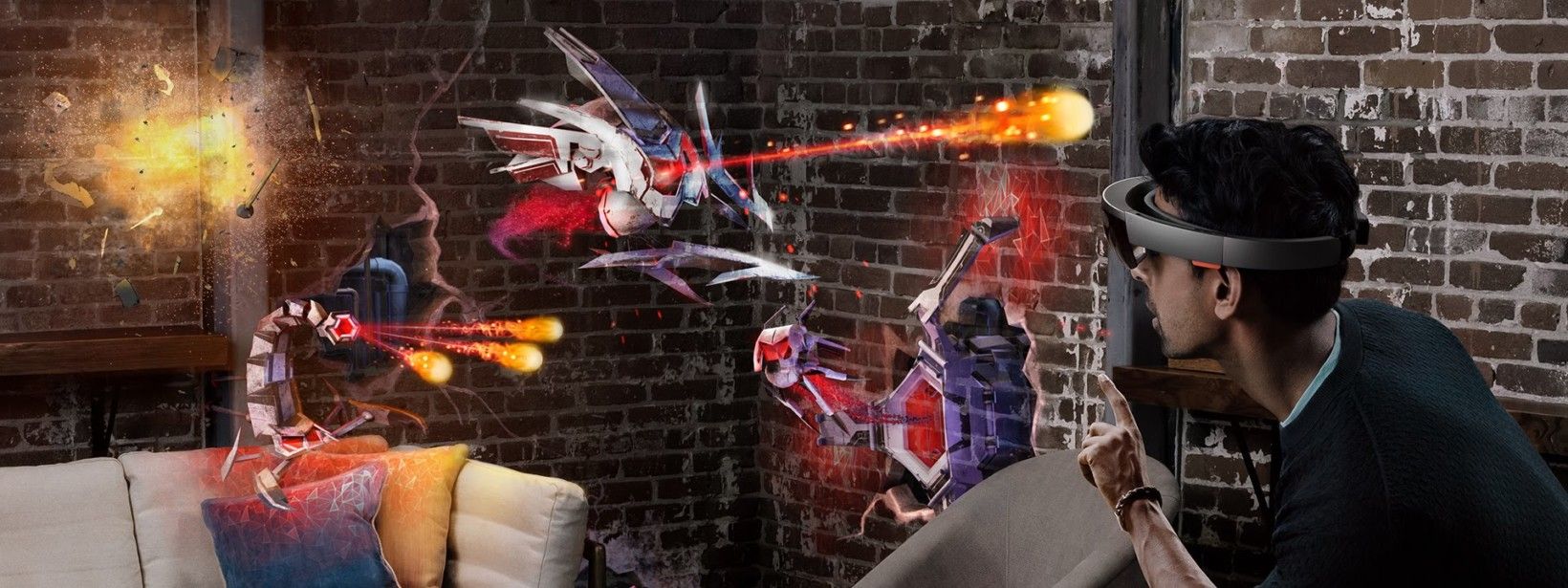What if we could find one single equation that explains every force in the universe? Professor Michio Kaku explores how physics could potentially shrink the science of the big bang into an equation as small as E=mc².



Influencing elections? Perturbed, Kosinski clicked through the pages. What kind of company was this? And what were these people planning?
Psychologist Michal Kosinski developed a method to analyze people in minute detail based on their Facebook activity. Did a similar tool help propel Donald Trump to victory? Two reporters from Zurich-based Das Magazin (where an earlier version of this story appeared in December in German) went data-gathering.
On November 9 at around 8.30 AM., Michal Kosinski woke up in the Hotel Sunnehus in Zurich. The 34-year-old researcher had come to give a lecture at the Swiss Federal Institute of Technology (ETH) about the dangers of Big Data and the digital revolution. Kosinski gives regular lectures on this topic all over the world. He is a leading expert in psychometrics, a data-driven sub-branch of psychology. When he turned on the TV that morning, he saw that the bombshell had exploded: contrary to forecasts by all leading statisticians, Donald J. Trump had been elected president of the United States.
For a long time, Kosinski watched the Trump victory celebrations and the results coming in from each state. He had a hunch that the outcome of the election might have something to do with his research. Finally, he took a deep breath and turned off the TV.

In Brief Science fiction often serves as a curiosity catalyst for a lot of technological innovation. One such example is this Alcubierre Warp Drive, that would absolutely revolutionize the capability of humans to traverse the stars.
It’s always a welcome thing to learn that ideas that are commonplace in science fiction have a basis in science fact. Cryogenic freezers, laser guns, robots, silicate implants… and let’s not forget the warp drive! Believe it or not, this concept – alternately known as FTL (Faster-Than-Light) travel, Hyperspace, Lightspeed, etc. – actually has one foot in the world of real science.
In physics, it is what is known as the Alcubierre Warp Drive. On paper, it is a highly speculative, but possibly valid, solution of the Einstein field equations, specifically how space, time and energy interact. In this particular mathematical model of spacetime, there are features that are apparently reminiscent of the fictional “warp drive” or “hyperspace” from notable science fiction franchises, hence the association.
Nice and will be very useful for many in QC.
Scotland-based route optimization specialist Route Monkey, a unit of telematics and big data company Trakm8, is working on a new generation of transport and mobility algorithms for quantum computers.
Route Monkey already works with Heriot-Watt University in Edinburgh on creating and enhancing innovative algorithms for transport and travel (earlier post). The two are now joining forces with the Networked Quantum Information Technologies Hub (NQIT), led by the University of Oxford. Together, the three organizations will develop, test and commercialize quantum algorithms.
The leap forward in the capabilities offered by quantum computing opens up a whole new field. We can create algorithms that deliver even faster and more accurate answers, to ever more complex transport and mobility challenges.
—Colin Ferguson, Trakm8 Group’s Managing Director of Fleet and Optimization.

Synthetic chemicals commonly found in insecticides and garden products bind to the receptors that govern our biological clocks, University at Buffalo researchers have found. The research suggests that exposure to these insecticides adversely affects melatonin receptor signaling, creating a higher risk for metabolic diseases such as diabetes.
Published online on Dec. 27 in Chemical Research in Toxicology, the research combined a big data approach, using computer modeling on millions of chemicals, with standard wet-laboratory experiments. It was funded by a grant from the National Institute of Environmental Health Sciences, part of the National Institutes of Health.
Disruptions in human circadian rhythms are known to put people at higher risk for diabetes and other metabolic diseases but the mechanism involved is not well-understood.

Back in June, China debuted the world’s fastest supercomputer, the Sunway TaihuLight (pictured), with a Linpack benchmark result of 93 petaflop/s. That machine contains 40,960 locally developed ShenWei processors, each with 260 cores and roughly comparable with Intel’s Knight’s Landing Xeon Phi CPU. China also developed a 136GB/sec memory controller and custom interconnect that delivers 16GB/sec of peak bandwidth between nodes.
Now China is working on a prototype exascale (1,000-petaflop) system that it aims to complete by the end of this year, according to state media. An exascale computer is capable of a quintillion calculations per second, and could deliver vast dividends in deep learning and big data across a variety of disciplines as varied as nuclear test research, code breaking, and weather forecasting.
“A complete computing system of the exascale supercomputer and its applications can only be expected in 2020, and will be 200 times more powerful than the country’s first petaflop computer Tianhe-1, recognized as the world’s fastest in 2010,” said Zhang Ting, an application engineer at Tianjin’s National Super Computer Center, to Xinhua news agency (via AFP).
For all my friends in Dubai or travelling to Dubai; wish I could go.
EyeLock LLC will be exhibiting its suite of iris authentication technology at Intersec Dubai 2017, on January 22–24 at the Dubai International Convention and Exhibition Centre in Dubai.
Featuring EyeLock’s proprietary software, security, algorithms and optics, the iris authentication technology delivers secure, reliable and user-friendly capabilities, according to the company.
EyeLock’s technology analyzes more than 240 unique iris characteristics to deliver dual-eye authentication, an unmatched security architecture and anti-spoofing technology.

The TeraStructure algorithm can analyze genome sets much larger than current systems can efficiently handle, including those as big as 100,000 or 1 million genomes. Finding an efficient way to analyze genome databases would allow for personalized healthcare that takes into account any genetic mutations that could exist in a person’s DNA.

Not sure where the author got his messaging on AI and QC (namely AI more fluid and human like due to QC); but it sounds a lot like my words. However, there is one lost piece to the AI story even with QC to make AI more human like and that is when you have Synbio involved in the mix. In fact I can not wait to see what my friend Alex Zhavoronkov and his team does with QC in his anti-aging work. I expect to see many great things with QC, AI, and Synbio together.
Nonetheless, I am glad to see others also seeing the capability that many of us do see.
Applications of Artificial Intelligence In Use Today
Beyond our quantum-computing conundrum, today’s so-called A.I. systems are merely advanced machine learning software with extensive behavioral algorithms that adapt themselves to our likes and dislikes. While extremely useful, these machines aren’t getting smarter in the existential sense, but they are improving their skills and usefulness based on a large dataset. These are some of the most popular examples of artificial intelligence that’s being used today.
#1 — Siri
Everyone is familiar with Apple’s personal assistant, Siri. She’s the friendly voice-activated computer that we interact with on a daily basis. She helps us find information, gives us directions, add events to our calendars, helps us send messages and so on. Siri is a pseudo-intelligent digital personal assistant. She uses machine-learning technology to get smarter and better able to predict and understand our natural-language questions and requests.

Quantum will be the most important technology in 2017; as it will touch everything as well as change everything. Until we see a better integration of AR in Enterprise Apps, platforms, and published services; AR like VR will remain a niche market gadget.
I do know companies like Microsoft, SAP, and Oracle have been looking at ways to leverage AR in their enterprise platforms and services such as ERP and CRM as well as Big Data Analytics; however, to see the volume of sales needed to make VR or AR have staying power on a large scale; the vendors will need to it a pragmatic useful device on multiple fronts. And, yes it is great that we’re using VR and AR in healthcare, defense, engineering, and entertainment (includes gaming); we just need to make it an every consumer device that people canot live with out.
2016 has been a remarkable year that’s brought continued growth and awareness to the worlds of Augmented, Virtual and Mixed Reality. Set to become a $165 Billion dollar industry by 2020, there’s still a common question that lingers among many newcomers trying to understand this fast moving digital phenomena we are just beginning to watch evolve: What’s the difference between them and how will it impact the digital world as I currently know it?
Before we jump into the mind-blowing future Mixed Reality is set to usher in over the course of 2017, let’s first discuss the distinctions between Virtual and Augmented Reality. Their technologies are very similar but have some fundamental differences.
TNW is at CES 2017! Get the low-down on the latest and most insane tech being showcased in Las Vegas.